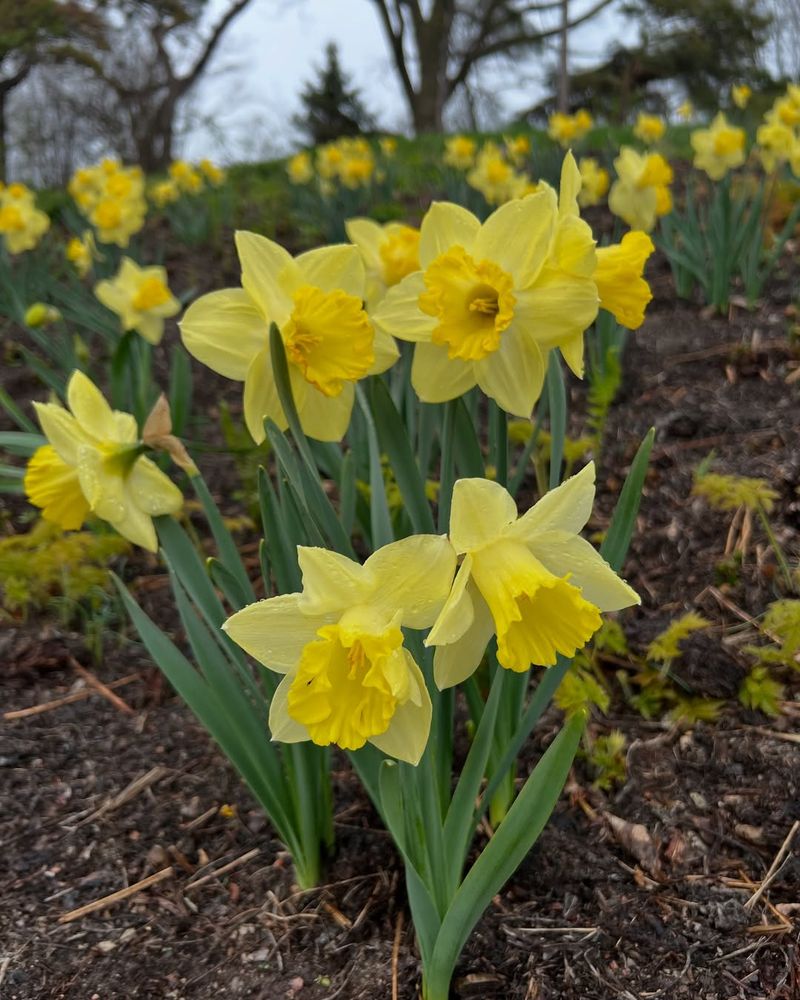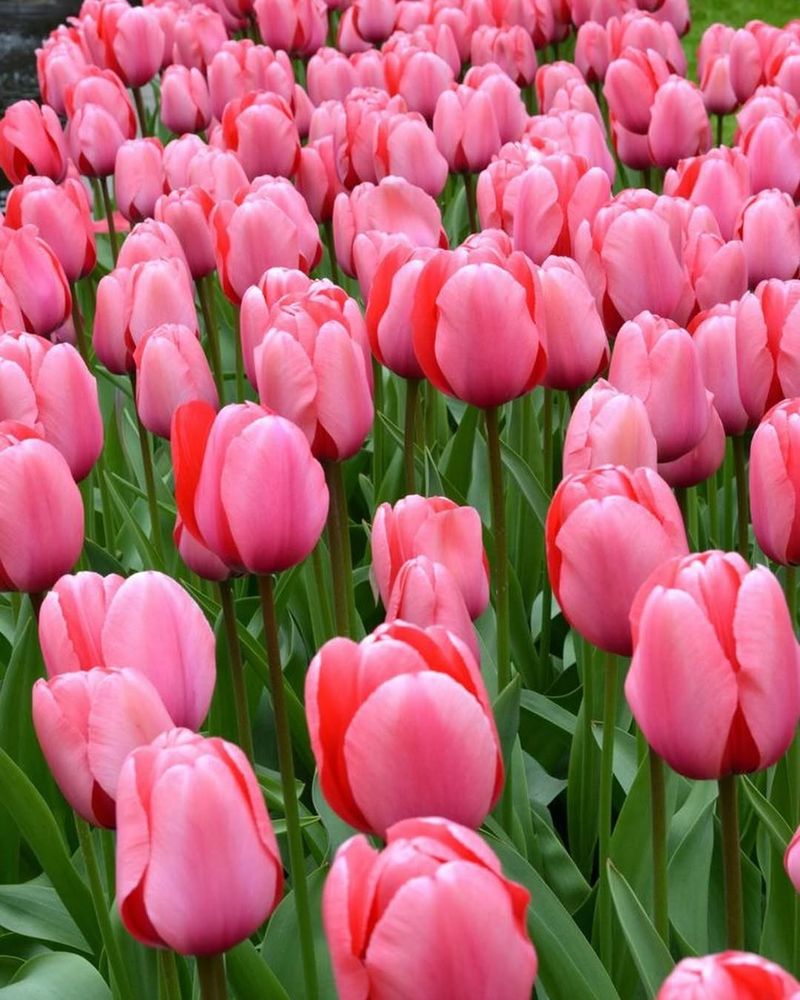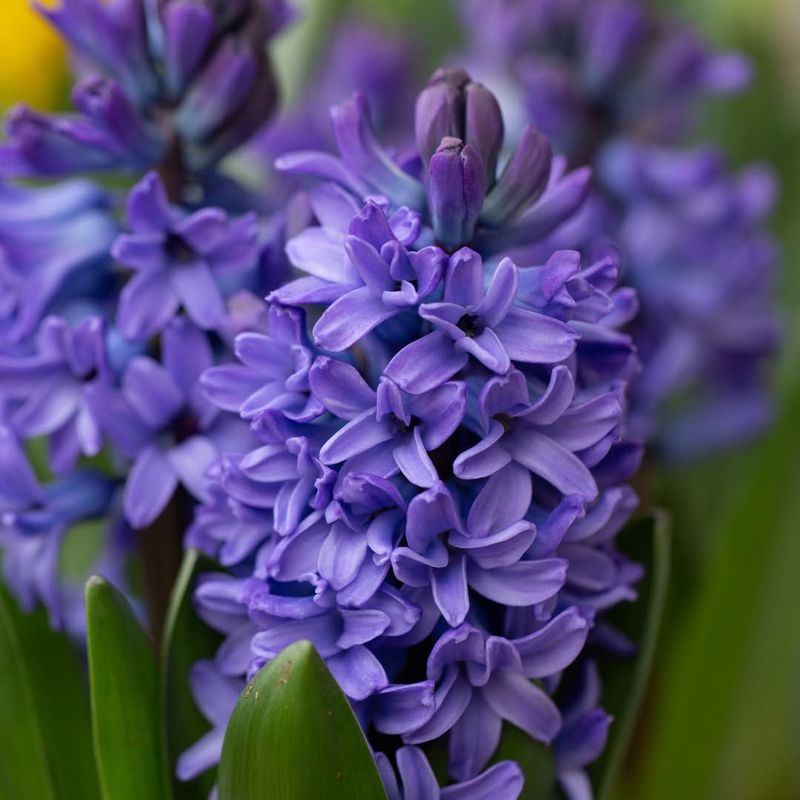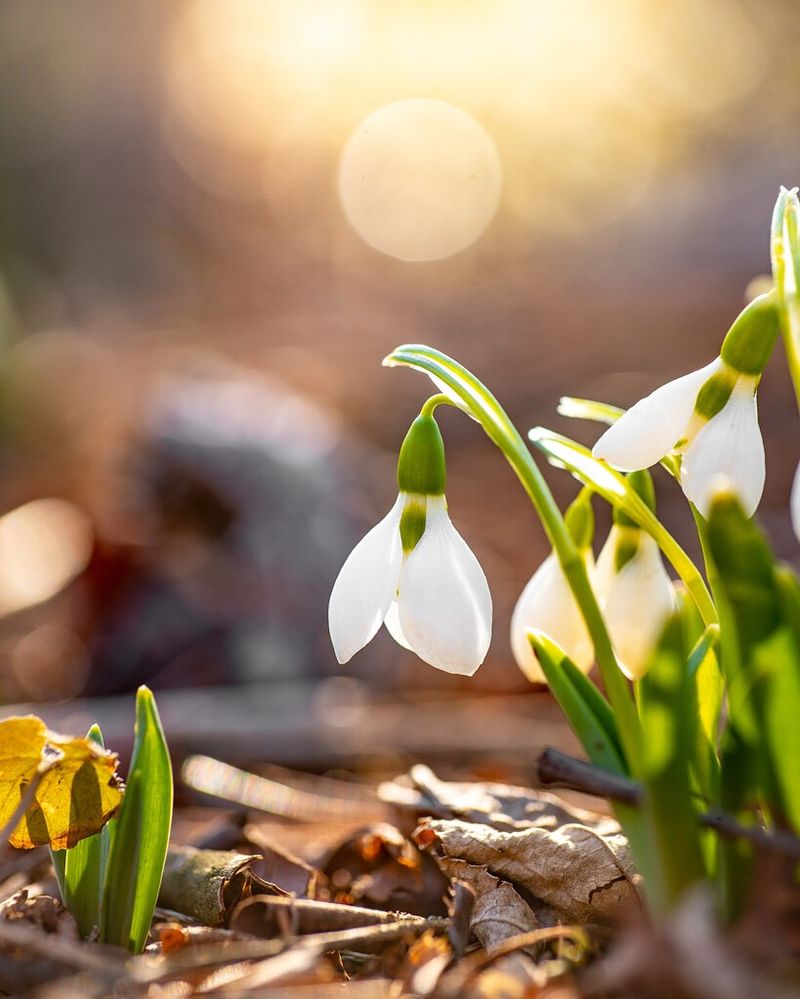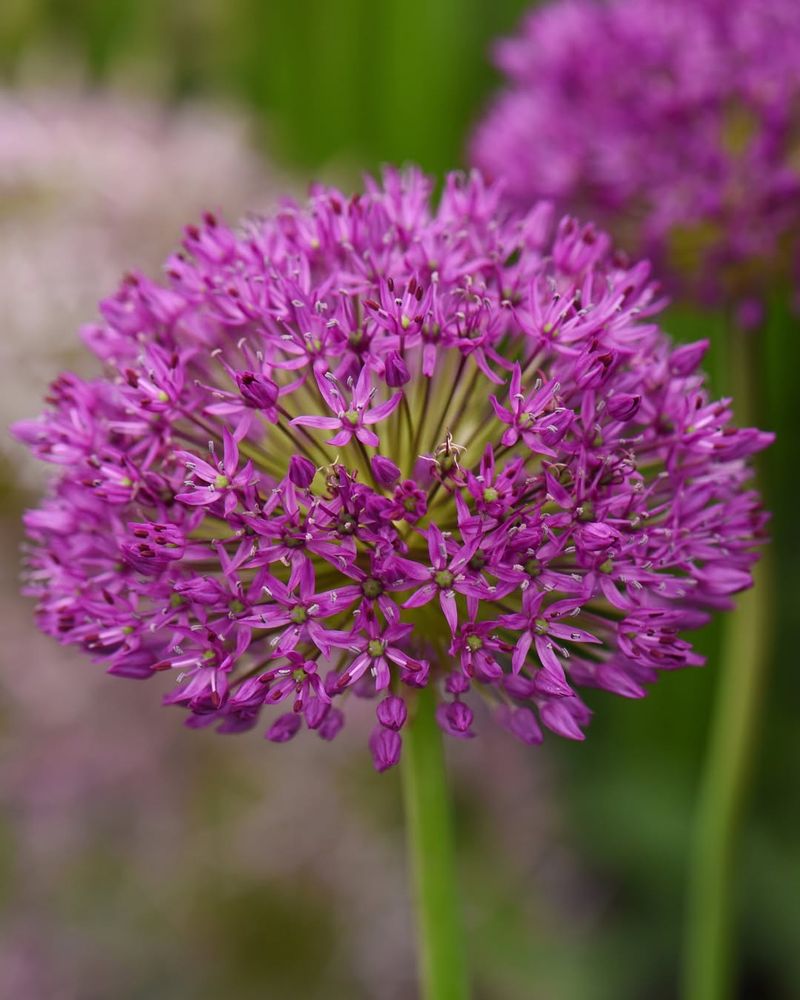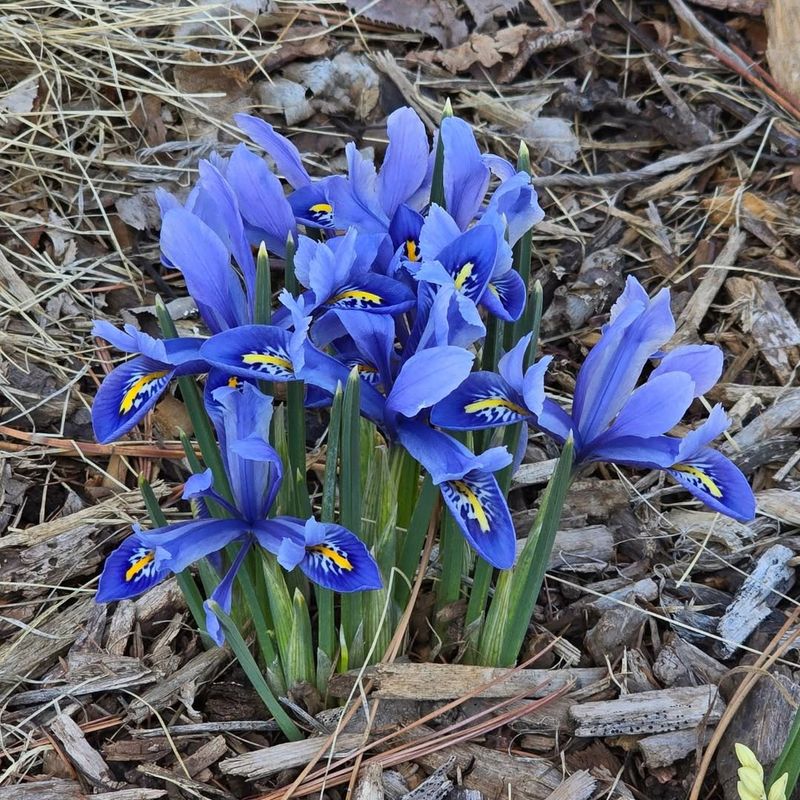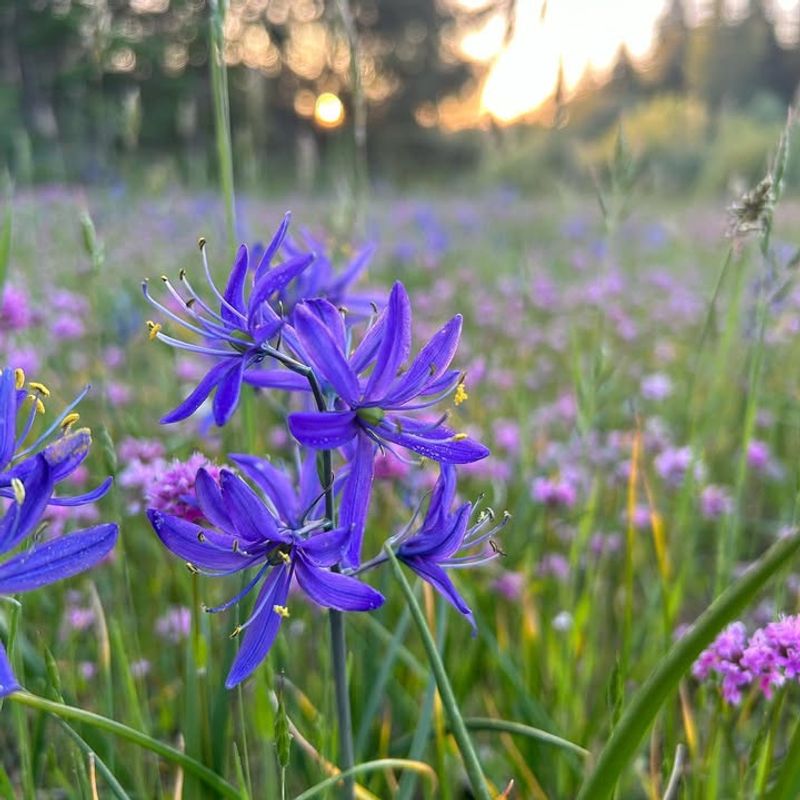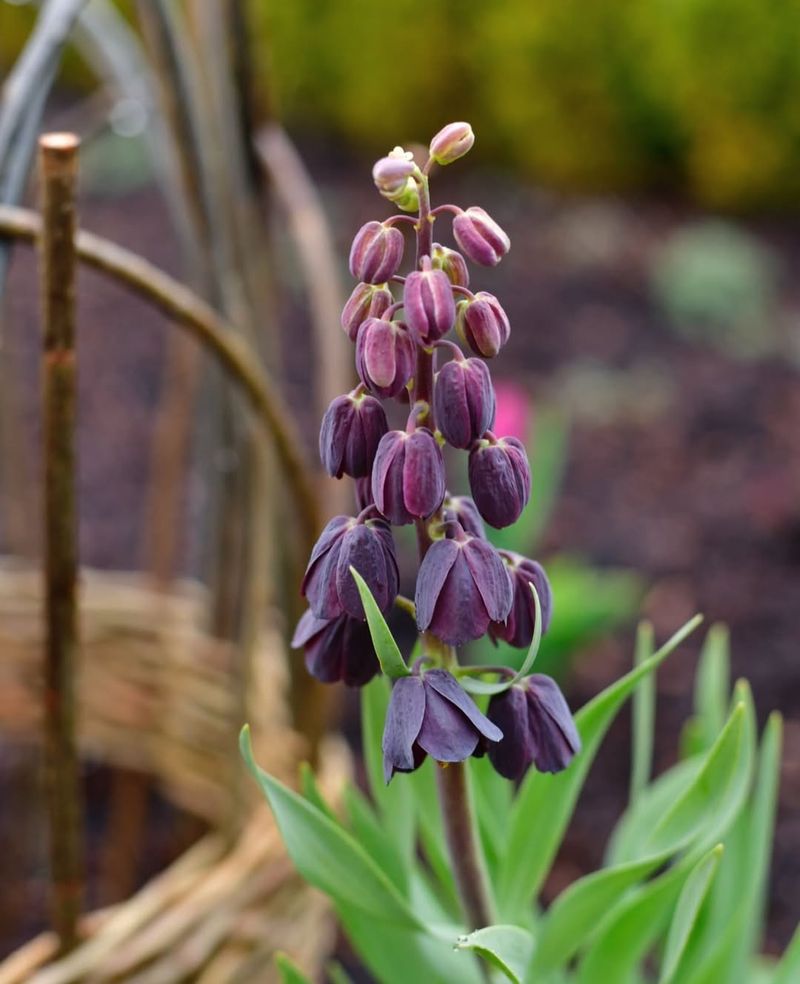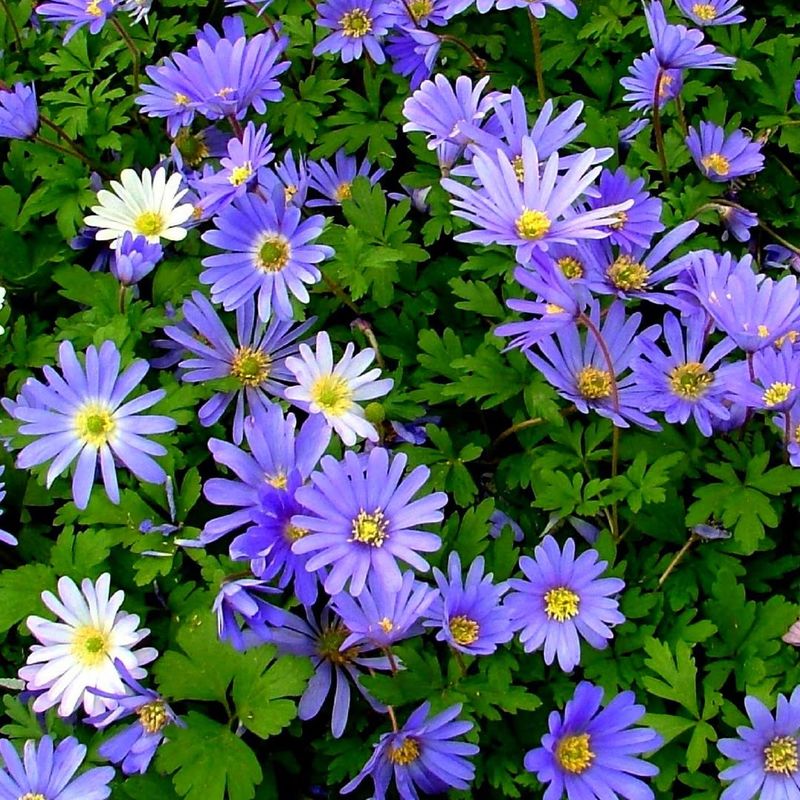November is the perfect time to plant spring-blooming bulbs in North Carolina. The cooler soil temperatures allow bulbs to develop strong root systems before winter arrives.
When spring rolls around, your garden will burst with colorful flowers that brighten up the entire neighborhood. Getting these bulbs into the ground now means you’ll enjoy a spectacular show when the weather warms up again.
1. Daffodils
Daffodils are one of the easiest and most reliable spring bulbs you can grow in North Carolina. Plant them about six inches deep in well-draining soil where they’ll get plenty of sunlight.
Once established, daffodils come back year after year, multiplying to create bigger and more impressive displays. Squirrels and deer usually leave them alone, which makes them perfect for gardens that attract wildlife.
Their cheerful yellow blooms signal that spring has truly arrived.
2. Tulips
With their cup-shaped blooms and rainbow of colors, tulips add elegance to any garden space. North Carolina gardeners should choose varieties that tolerate warmer climates for best results.
Plant tulip bulbs about eight inches deep in areas with good drainage and full sun exposure. Many gardeners treat tulips as annuals in NC since they may not return as reliably as other bulbs.
The stunning spring display makes the effort totally worthwhile though.
3. Crocus
Crocus bulbs are among the first flowers to bloom when winter finally loosens its grip in North Carolina. Their small but vibrant purple, white, and yellow flowers often push through snow or cold soil.
Plant these tiny bulbs just three to four inches deep in clusters for maximum impact. Crocus naturalize easily, meaning they spread and multiply on their own over time.
Bees absolutely love these early bloomers for their pollen and nectar.
4. Hyacinths
Hyacinths fill your garden with an incredible fragrance that announces spring’s arrival from yards away. Their dense flower spikes come in shades of pink, purple, white, and blue.
Plant hyacinth bulbs about six inches deep in soil enriched with compost for healthier growth. Position them near walkways or patios where you can fully appreciate their amazing scent.
Indoor forcing is also popular, bringing springtime fragrance inside during late winter months in North Carolina.
5. Snowdrops
Snowdrops earn their name by blooming incredibly early, sometimes appearing while snow still covers the ground. Their delicate white flowers dangle like tiny bells from slender stems.
Plant snowdrop bulbs about three inches deep in partial shade where soil stays moist but drains well. Although small, snowdrops create magical carpets of white when planted in large groups.
They’re perfect for North Carolina woodland gardens or naturalized areas under deciduous trees.
6. Alliums
Alliums produce dramatic globe-shaped flowers atop tall stems that tower above other spring bloomers. These ornamental onions come in purple, white, and pink shades that add architectural interest.
Plant allium bulbs six to eight inches deep in sunny spots with excellent drainage. Deer and rabbits avoid them because of their onion-like scent, making them great pest-resistant choices.
Their dried seed heads remain attractive long after the flowers fade away.
7. Grape Hyacinths
Grape hyacinths, or muscari, produce adorable clusters of tiny blue flowers that resemble bunches of grapes. They’re incredibly low-maintenance and spread readily to form beautiful ground covers.
Plant these small bulbs about three inches deep along borders, pathways, or beneath taller bulbs. Their sweet fragrance and intense blue color make them favorite companions for daffodils and tulips.
Once established, grape hyacinths return reliably every spring in North Carolina without much fuss.
8. Iris Reticulata
Iris reticulata brings early color with miniature iris blooms in shades of purple, blue, and yellow. Standing just four to six inches tall, they’re perfect for North Carolina rock gardens and container plantings.
Plant these dwarf iris bulbs about four inches deep in well-draining soil with full sun. Their intricate flowers feature beautiful markings and patterns that reward close inspection.
Cold-hardy and reliable, they bloom before their larger iris cousins wake up for spring.
9. Camassia
Camassia, known for its star-like blue petals, offers a delightful burst of color to any garden. These bulbs thrive in moist, well-drained soil, making them perfect for North Carolina’s fall planting.
Their tall spikes can reach up to 24 inches, creating a dramatic effect among other plants. Camassia is not just pretty; it attracts beneficial pollinators, enhancing your garden’s ecosystem.
Native Americans once used Camassia as a food source, highlighting its historical significance. Easy to care for and stunning to behold, Camassia is a wonderful addition to any yard.
10. Fritillaria
Fritillaria offers an exotic flair with its distinct checkered pattern and bell-shaped blooms. Plant these bulbs in November in North Carolina for a springtime spectacle.
They prefer well-drained soil and a sunny to partially shaded spot, adding elegance to your garden layout. Their unique appearance not only catches the eye but also deters garden pests.
Did you know? Fritillaria’s name is derived from the Latin word ‘fritillus,’ meaning dice box, referring to its pattern. This intriguing plant adds both beauty and function to any landscape.
11. Anemone Blanda
Anemone Blanda, often called ‘Grecian Windflower,’ enchants with its daisy-like blooms in vibrant hues. These bulbs are ideal for adding a splash of color to North Carolina shady areas.
They flourish in loamy soil and spread effortlessly, creating a carpet of flowers in spring. Ideal for borders or woodland gardens, their low-growing nature makes them versatile.
Anemone Blanda’s charming resilience and beauty make it a gardener’s favorite. A symbol of anticipation and hope, this flower embodies the promise of spring’s arrival.


